Let’s take a look at some mastering tips for FL Studio users. There are two primary ways of mastering. You can either apply mastering to your song on the mastering output, orr you can export out your song and then pull it back into FL Studio as an audio track and then master the stereo audio track. I’ll leave this method up to you, but the latter is a better way to go as you'll be less inclined to make changes to the mix while you master.
1—Cut Your Lows for Headroom
Try adding a low cut and cut everything below 40 Hz. This cuts out any inaudible frequencies that the human ear can’t hear and take up valuable headroom in the mix. So add a Fruity Parametric EQ 2 and then apply a low cut.
2—Use a Multiband Compressor
You have two multiband compressor options in FL Studio. The Fruity Multiband Compressor, or Maximus. I would recommend using Maximus as its features are more advanced. How Maximus works is that you have three bands (Low, Mid, High) where you can set the frequency range for each, and then also a single band master compressor on the effect. This gives you added control over your audio through the frequency range, plus you can gel the bands together with the single band master compressor.
For example, you could apply a heavier compression setting over the 0–200 Hz region where you bass and kick usually sit, and this won’t affect elements in the higher registers like the cymbals and hats. So decide where you want the band splits to be by soloing each band and then moving over to the right view to adjust the frequency amount.
And then you can see the result of the compression on each band by switching to the monitor view. So tailor the amount of gain for each band, plus the Attack and release times. What I find really cool is that you can even draw in unique threshold curves in the graph. It’s actually very easy setting the threshold this way on the graph.
I like to apply a harder compression on the Low band and increase this slightly. Then I apply slightly less compression to the Mid band. And then for the High band, I don't apply compression, just gain for a bit more high-end detail in the track.
With the Master band, you use this as a single band compressor to gel all the bands together. Just apply a subtle compression here to help even out the compression on the track.
3—Adding in Saturation
With Maximus, you can also add in some slight saturation per band, also known as harmonic exciting. With the threshold, you have two modes: Mode A or Mode B: and you can choose what percentage of the mode you want to add by moving the dial left or right from the center. With the ceiling dial, when you start decreasing this you’ll hear it imparts the saturation on the band.
4—How About Another EQ
After the multiband compression, you might want to make some EQ adjustments. If so, then add another Fruity Parametric EQ2. I sometimes find a slightly high EQ boost can help bring back some of the high-end detail that got removed through the compression. But this isn’t always necessary. So only use this if you find you need to do some EQ adjustments after the compression.
5—Some Reverb
What also helps to gel the elements together and give your track a sense of a space that it belongs in is to add some reverb. You can either use the algorithmic Fruity Reeverb2, or the convolution Fruity Convolver reverb if you want to use a real space. Less is more here. Too much and the song will become muddy. So drop the Wet dial to about 10% or less.
6—Hard Limiter
The last effect to add to your mastering chain is the Fruity Limiter. This will maximize the perceived volume of the whole mix, plus help prevent any clipping on your master output. Set the output to -0.1dB to stop it from going over 0 dB, and then increase the Gain to maximize the overall perceived level of your song.
7—Mixer States
What’s great about FL Studio is that you can save different Mixer states, and re-use them in other songs. So, for example, let’s say you’re mixing a whole album and want to apply the same mastering settings across the album, then you can use this technique. What you do is you go to the drop-down arrow on the top left of the Mixer window, then go to File > Open > Save Mixer State as…
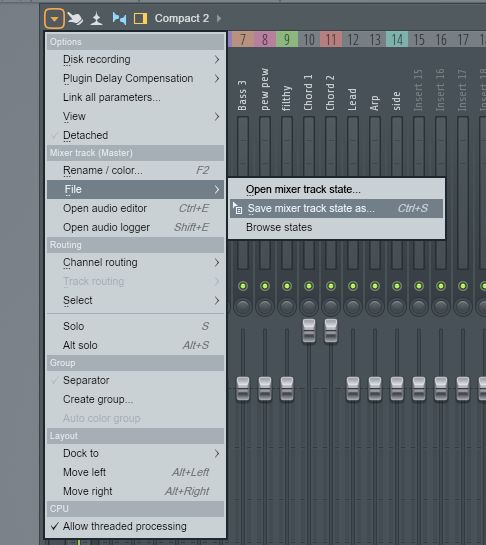
Then when you go to a different song, you can navigate to the same menu and choose open Mixer state. This loads your master output state to the new song. You can also drag and drop these presets from the browser onto the master output channel.
8—Dither and Export
When you’re happy with your mastering, make sure to apply dither to your exported song Go to File > Export. Choose your format. Probably the best is to choose a lossless format such as WAV. Then give the file a name and click save. A Rendering dialog box will launch. Expand the quality section, and make sure to enable Dithering and HQ (High Quality) for all plugins to get the best audio results.

Conclusion
Those are a few handy techniques to use to get the best out of mastering your songs in FL Studio. Try them out in your next mastering sessions.


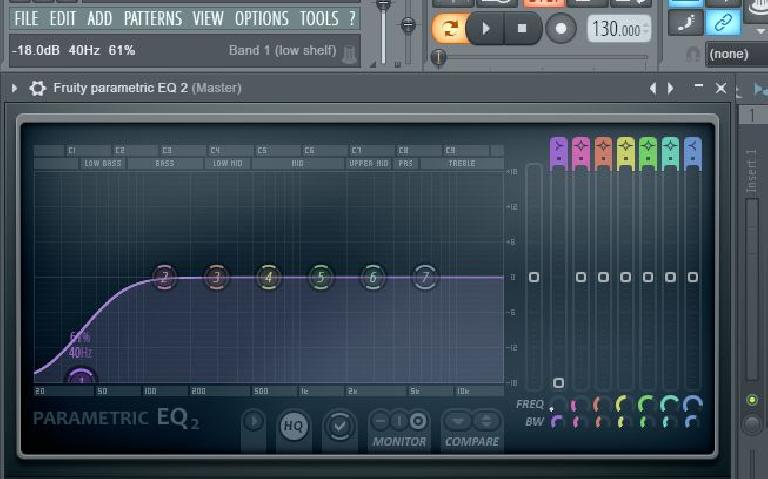
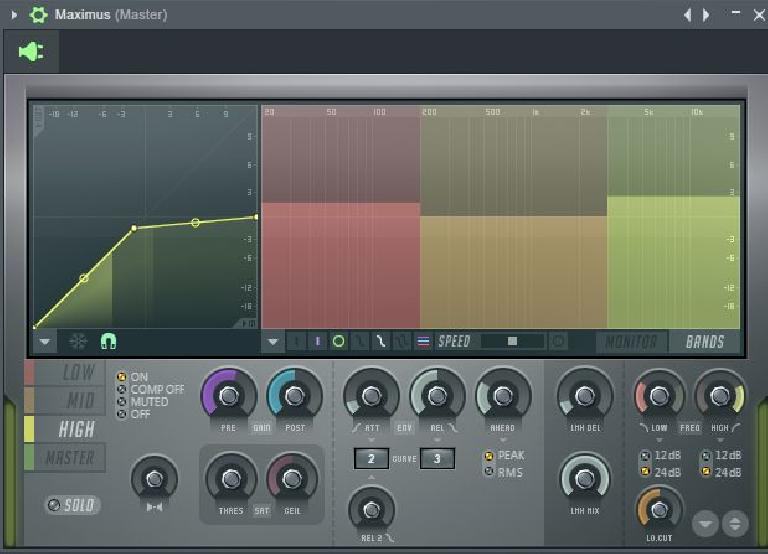
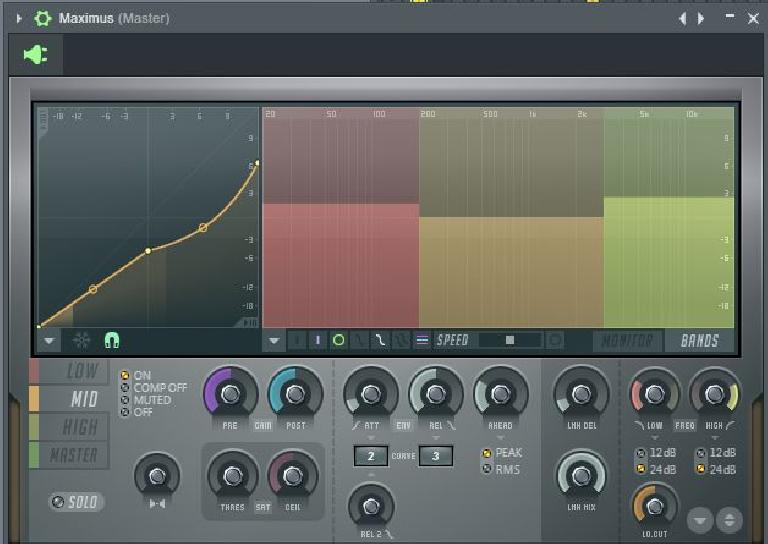
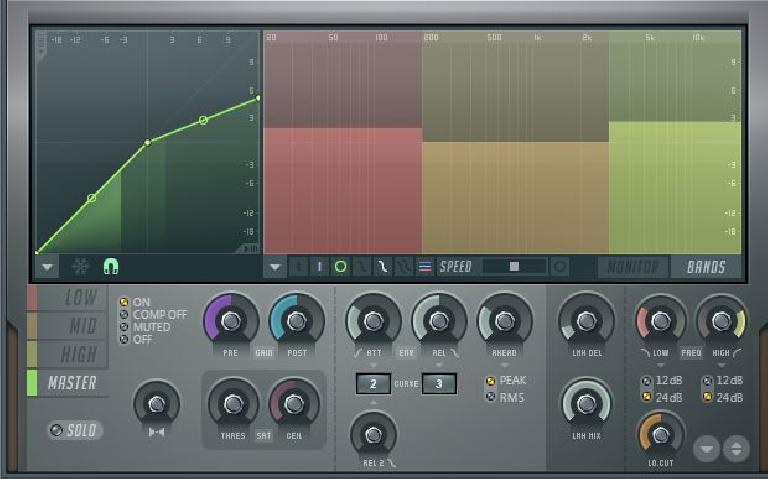
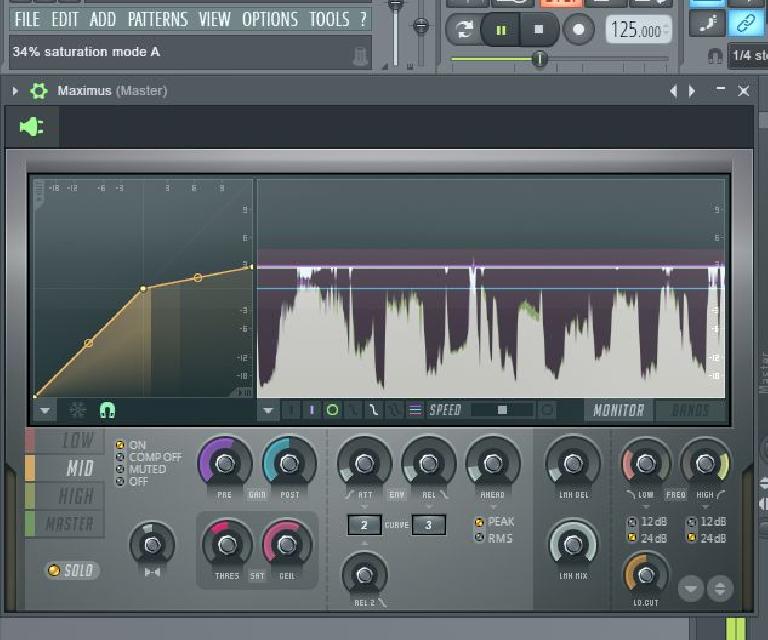
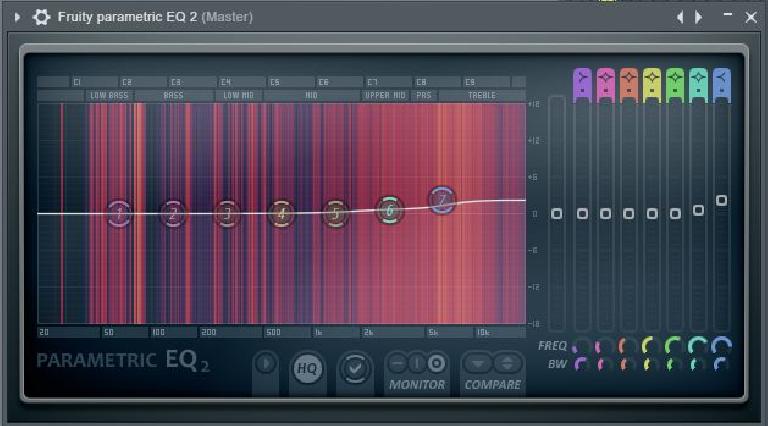
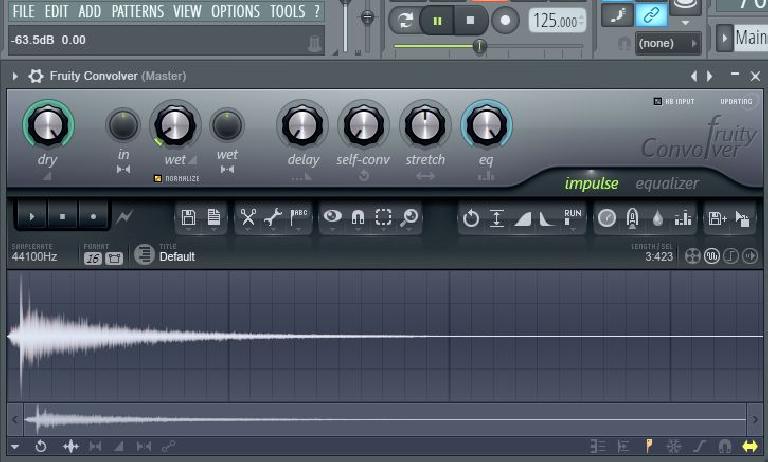

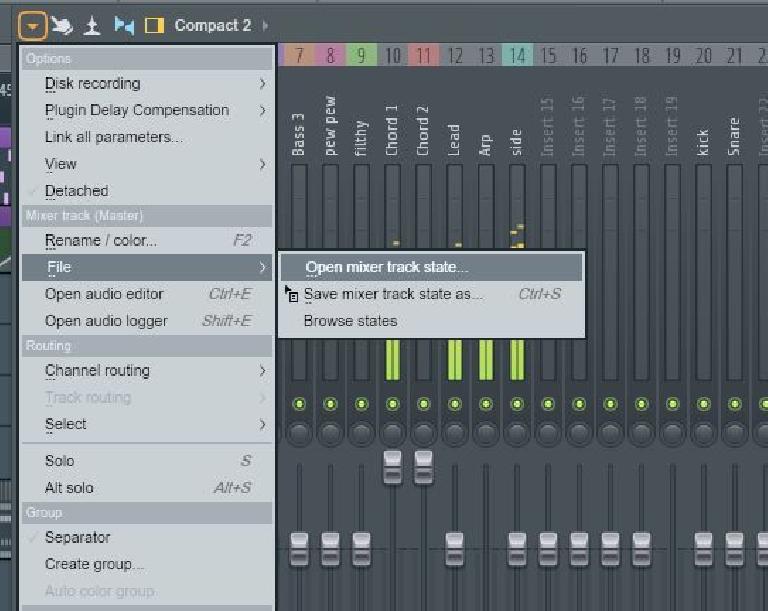
 © 2024 Ask.Audio
A NonLinear Educating Company
© 2024 Ask.Audio
A NonLinear Educating Company
Discussion
I believe when writing for a big website such as this one, it's very important to be accurate, as people can get stuck with "tips" on the net for a long time, delaying their production skills.
This article really misinforms readers, and here's why:
Tip 1: Cutting below 40hz is barbaric in many genres.
Not only can we hear downwards of 25 or even hear 20hz, many headphones and good speakers will have a frequency range travelling well below 40hz.
On top of this, the parametric eq in the picture is cutting valuable frequencies even above the stated 40hz and is even slightly affecting up to 130hz, which is nonsense.
Tip 3: Dynamic range compression and lossy compression are 2 completely different things, you won't lose high end freqs from dynamic range compression, and even if you did, this parametric EQ would not help recover these frequencies, because they're not there and you'd only be boosting the slightly lower ones.
Tip 6: Fruity Limiter has an unprofessional algorithm that causes a lot of pumping, even if you increase attack and release times, and can't apply in awful lot of gain.
Delete this comment if you like, but that doesn't rid the problem.
It's quite normal to cut out frequencies below 40Hz. It's completely irrelevant to the fact that humans can hear down to 20Hz and all to do with the effect that the cut actually has on the sound. Any sound below 40Hz is difficult to hear and cannot be distinguished as a note. In a song written for a diatonic scale it makes absolutely no sense to have any sound coming from these frequencies. It is only ever detected by human hearing as very deep noise, if it is detected in the first place. Cutting these frequencies out adds clarity to the music as humans can't recognise harmonics in this range.
Your dislike of the Fruity Limiter is also quite irrelevant. This is an article about mastering in fl studio. Of course you're not going to double the gain or drop the threshold to nearly nothing, that's not mastering. For the size of the edits that were made, Fruity limiter is perfectly adequate. It also comes with Fl studio so it makes sense that he mentions it.
I;m hoping to get a recommendation on where to add these plugins after you bounce the .wav file and import it into a new project, you then adjust the tempo and send your mixed track into which mixer channel? and do you apply those plugins at that same channel or on the mixer master channel?? Please clarify this is critical. Thank you
Want to join the discussion?
Create an account or login to get started!